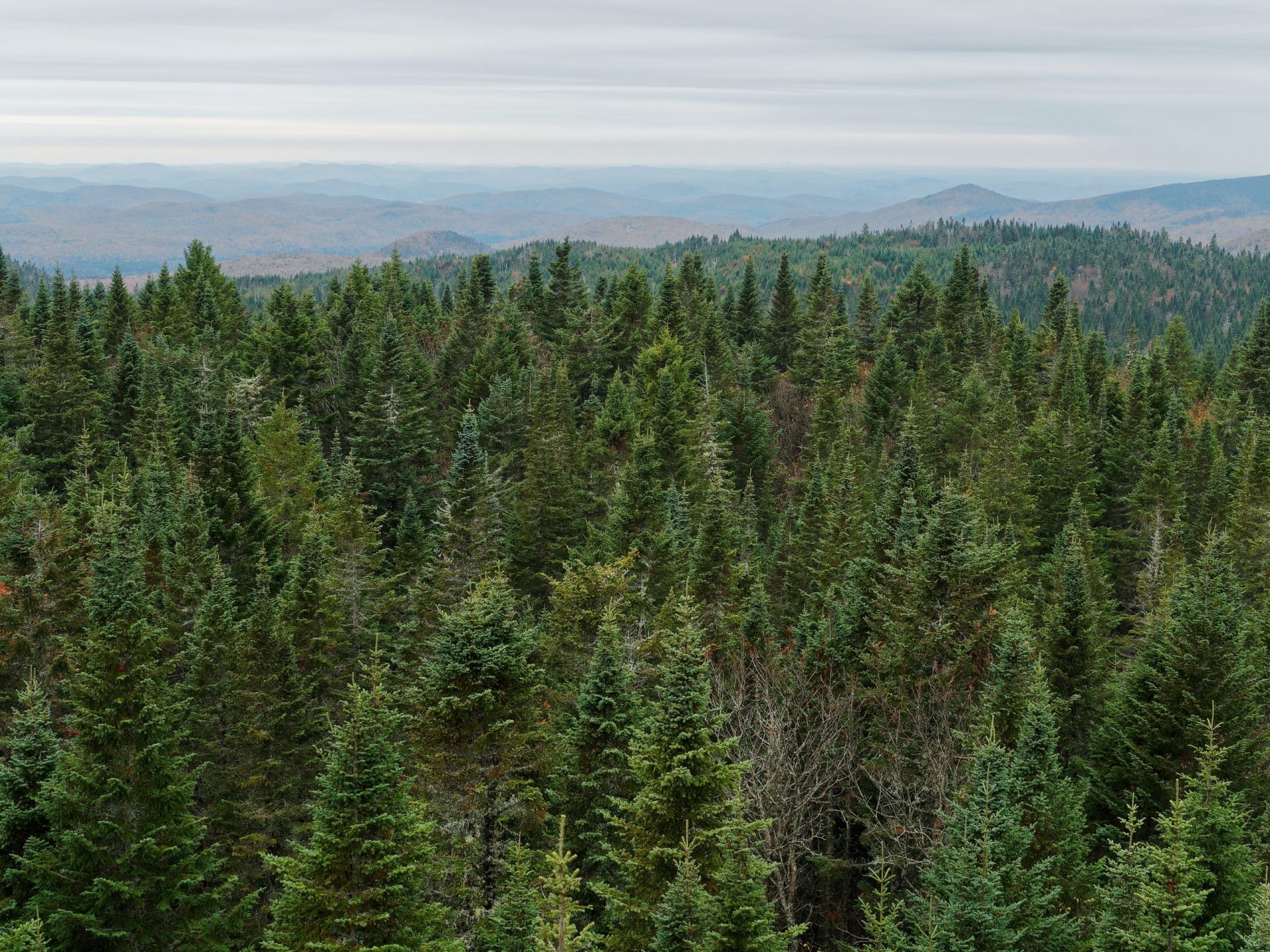
What if sawmill residues could promote growth in nursery spruce trees? The latest work by Émilie Robert, a biologist and researcher at the Centre technologique des résidus industriels and a teacher at Cégep de l’Abitibi- Témiscamingue, proposes torrefying and transforming this residual biomass into biochar and incorporating it into the growing soil.
Biochar is known to retain fertilizing elements such as nitrogen, an essential nutrient for plant growth, which it then gradually releases. One tonne of this carbon-rich material also has the capacity to sequester up to three tonnes of CO2! Furthermore, the addition of biochar allows less peat to be used in the growing medium. This contributes to reducing the exploitation of peatlands, vital ecosystems for the planet that retain water and CO2 and are home to a rich biodiversity.
As bulk biochar is very light and dusty, the researcher and her team came up with the idea of pelletizing it for easier handling. And to further stimulate the growth of the spruce trees, they also thought of impregnating the pellets with ammoniacal nitrogen—or ammonium sulfate—from the effluent of operating mines. This type of nitrogen is already used in agriculture in solid form and generates significant growth gains. However, the processing of ammoniacal nitrogen is very expensive and energy intensive. The direct use of liquid concentrates in the production of biochar pellets could therefore be a reliable and less costly solution.
After several greenhouse trials, the scientists concluded that the use of 25% bulk biochar in the growing medium leads to better plant development. The results were not as good with the pelleted biochar (even with the addition of ammonium sulfate), but the biologist has another project for the pellets: they could serve as a barrier to prevent plant roots from coming into contact with contaminated soil.
